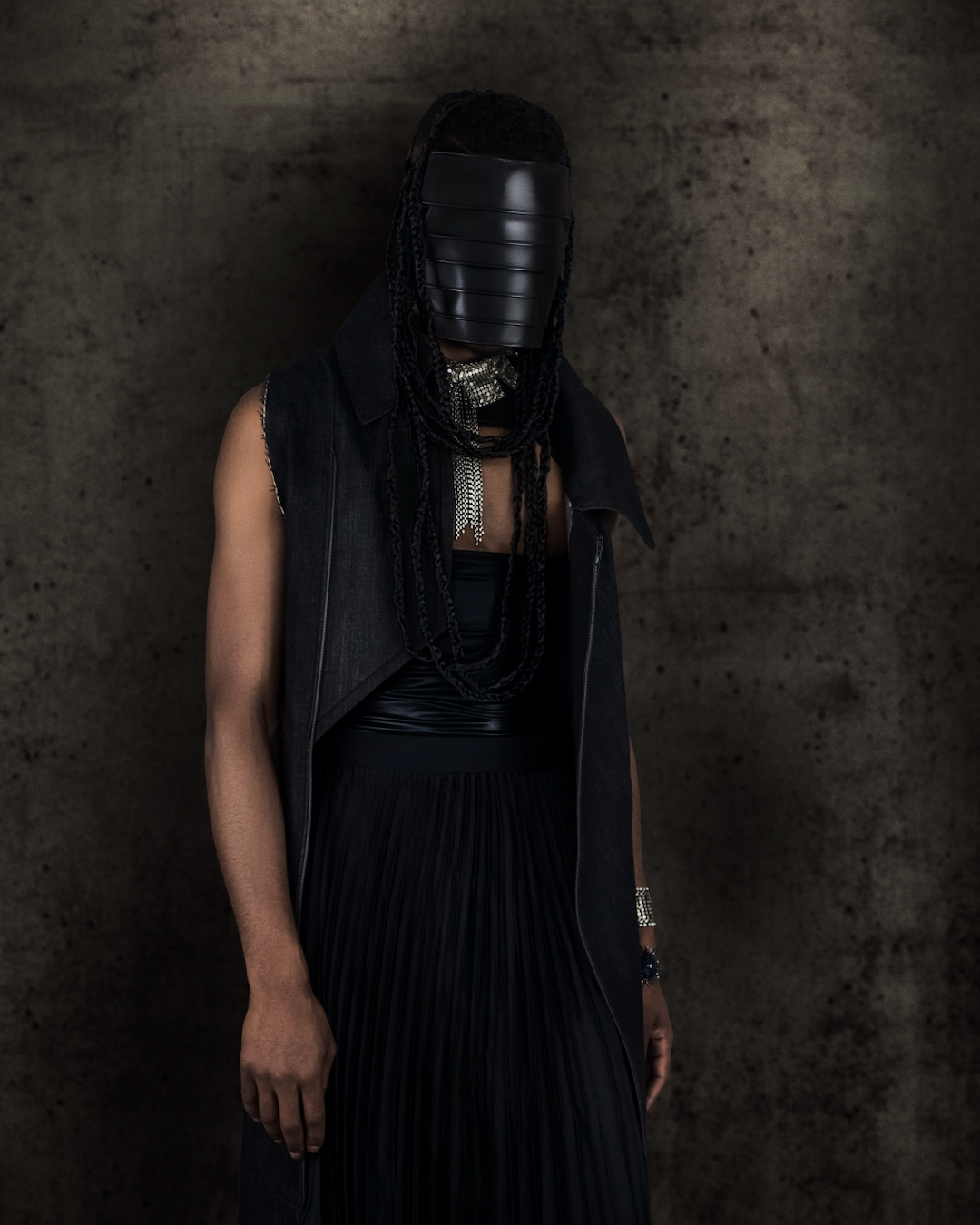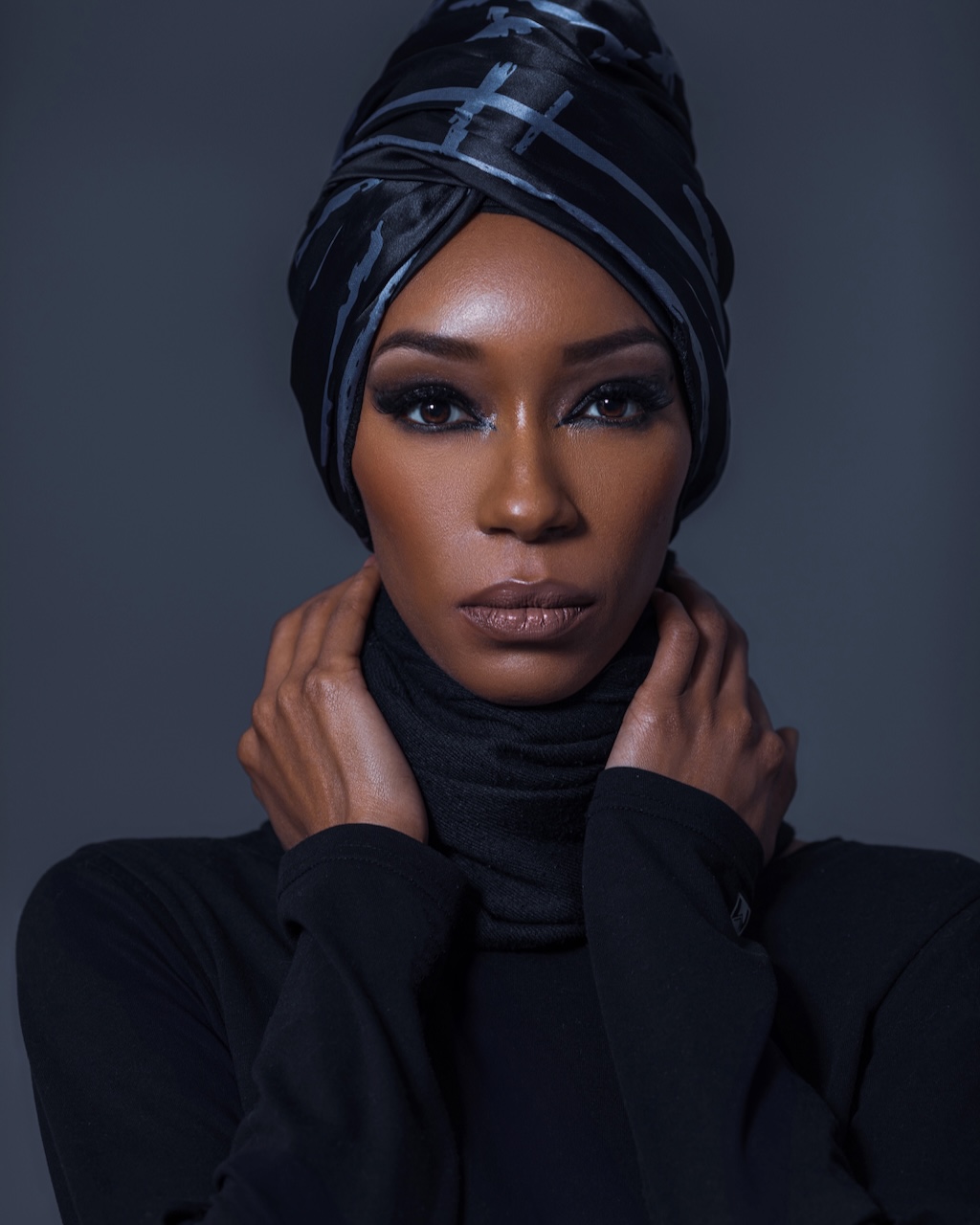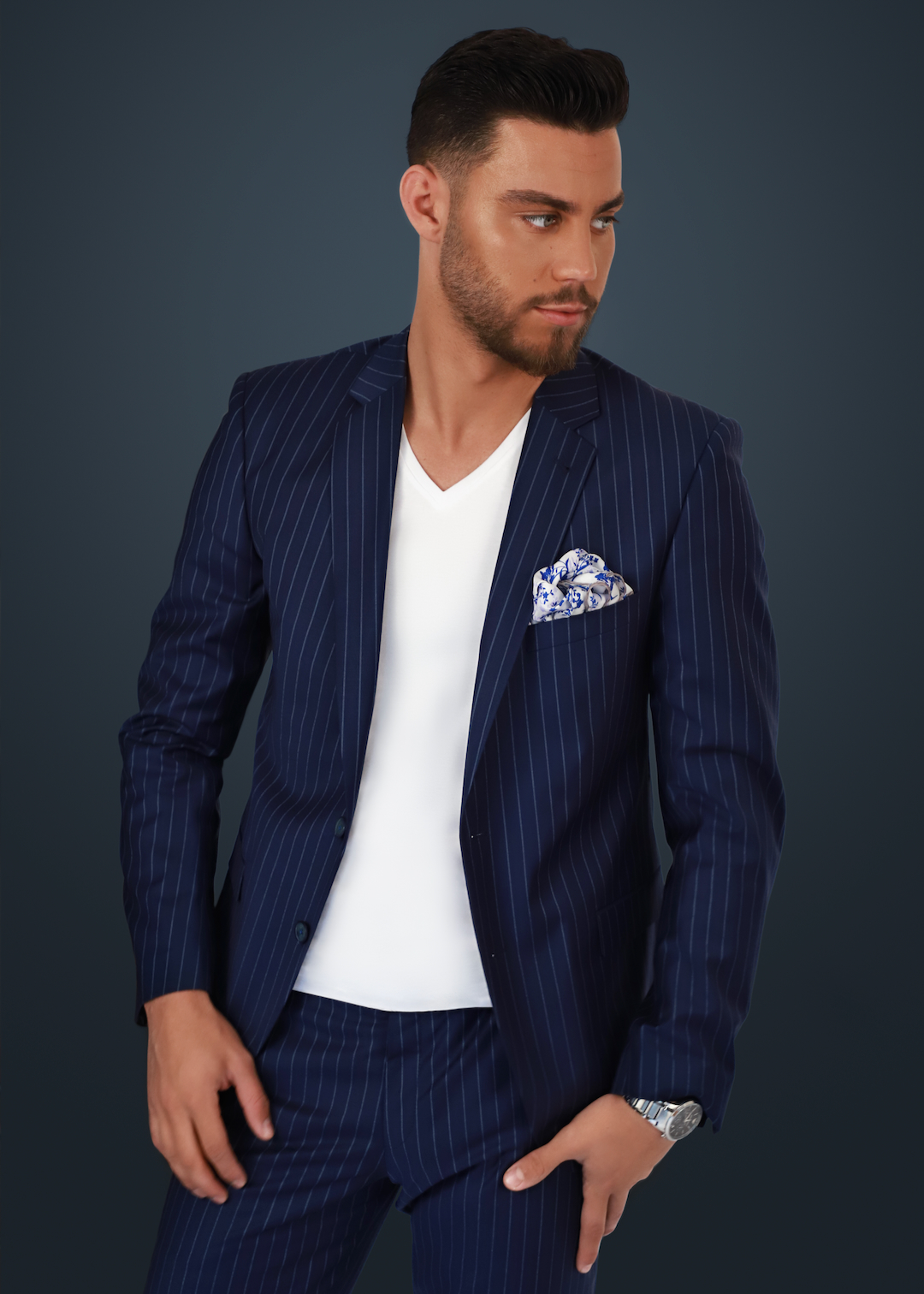
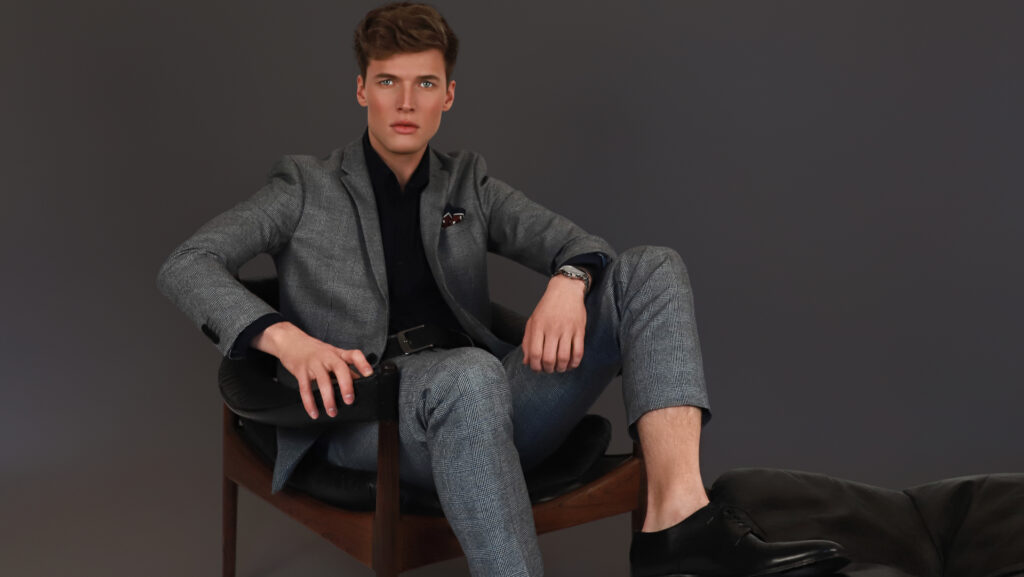
1. Why Getting Featured in a Fashion Magazine Is a Great Option
Being published in a fashion magazine is more than just a line on your résumé. It can dramatically elevate your brand image. For instance, an editorial in Vogue Italia or Flanelle instantly positions you as a professional.
Additionally, magazine features provide lasting visibility, as digital versions remain searchable for years. Consequently, your creative work continues to attract attention long after publication.
In short, mastering how to get featured in fashion magazines is one of the most effective strategies to grow your creative profile.
2. What Will You Learn About Getting Featured in a Fashion Magazine
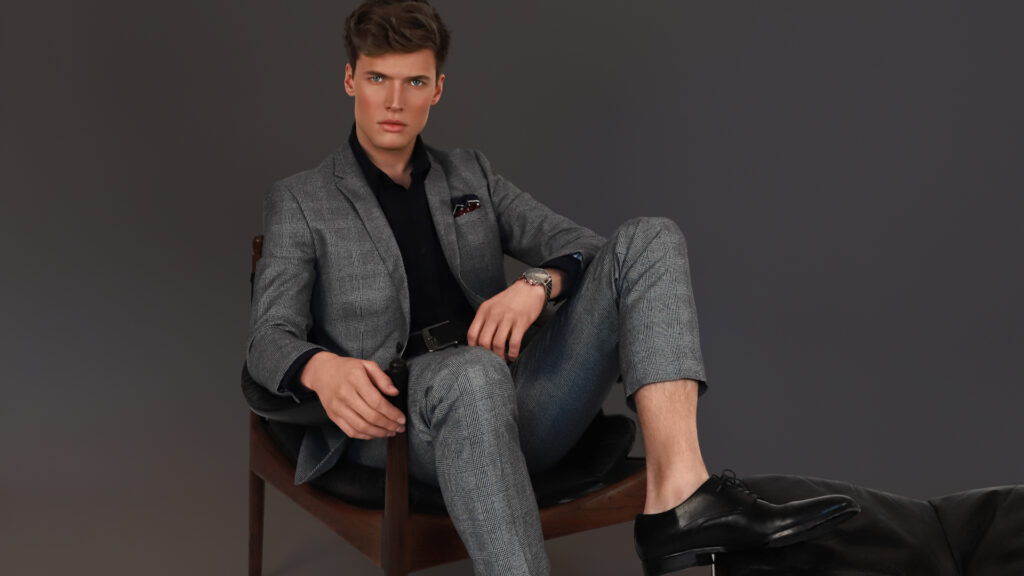
Throughout this guide, you’ll learn:
- How editors and creative directors review fashion magazine submission entries.
- Practical fashion photography tips that make your images stand out.
- How to structure a strong model portfolio for magazines.
- The different styles of editorial fashion shoots that appeal to publishers.
- Submission steps, from preparation to follow-up.
- Common mistakes that can hurt your chances.
3. How Do Fashion Magazines Work?
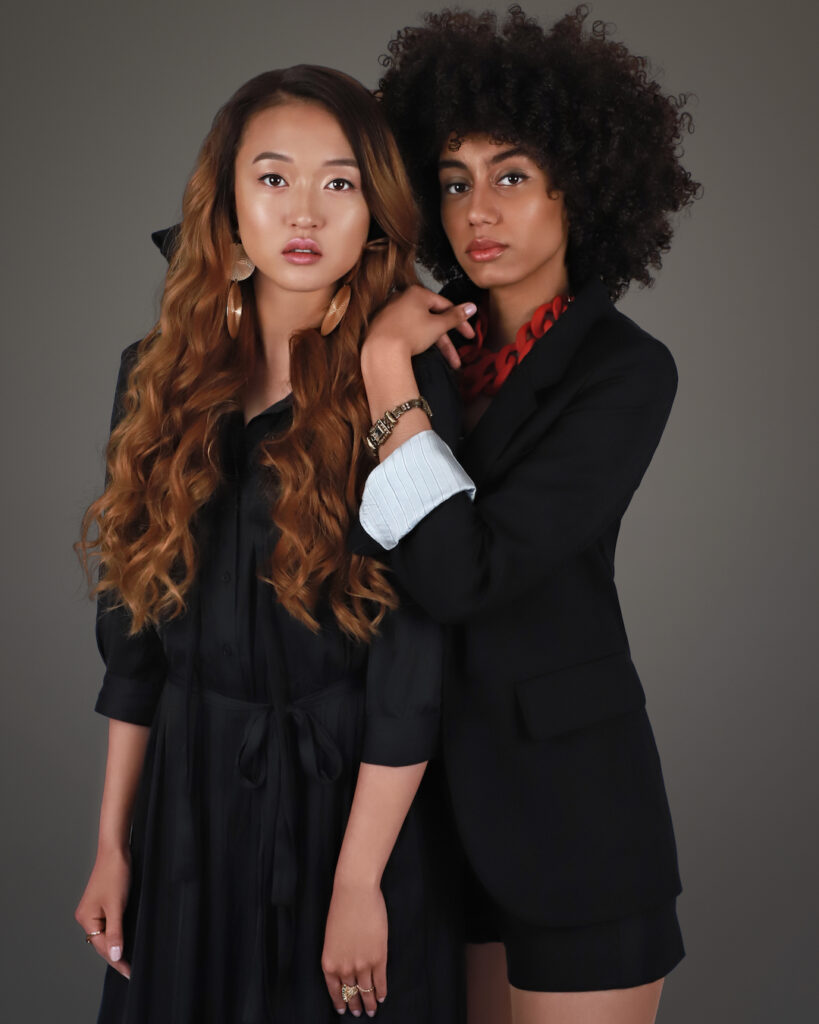
Fashion magazines operate on an editorial calendar, carefully curating each issue’s theme and aesthetic. Typically, editors look for cohesive storytelling, innovative styling, and high-quality imagery.
Furthermore, many publications now use online submission platforms like Kavyar, which simplifies submissions. However, even with easier access, competition remains fierce.
Therefore, submitting polished, consistent work is vital. Every detail—from lighting to composition—contributes to an editor’s first impression.
4. What Are the Benefits of Getting Featured in a Fashion Magazine
Advantages
- Visibility: Your work reaches editors, agencies, and brands worldwide.
- Credibility: A magazine feature enhances your reputation within the fashion industry.
- Networking: You gain connections that can lead to future collaborations.
- Portfolio Value: Published work adds professionalism to your model portfolio for magazines.
Disadvantages
- Submission Fees: Some publications charge for guaranteed reviews or placements.
- High Standards: Many submissions are rejected, so resilience is essential.
- Limited Control: Editors may crop or re-sequence your images to fit their layout.
5. How Much Does It Cost to Get Featured in a Fashion Magazine

Costs can vary widely. While many independent publications accept free submissions, others may require a small fee, usually between $20 and $300.
Paid options often include guaranteed reviews or faster responses. However, remember that investing in professional production—such as retouching, styling, or lighting—often delivers better results than paying for placement alone. As a result, prioritize creative quality over submission fees.
6. How to Submit to Fashion Magazines
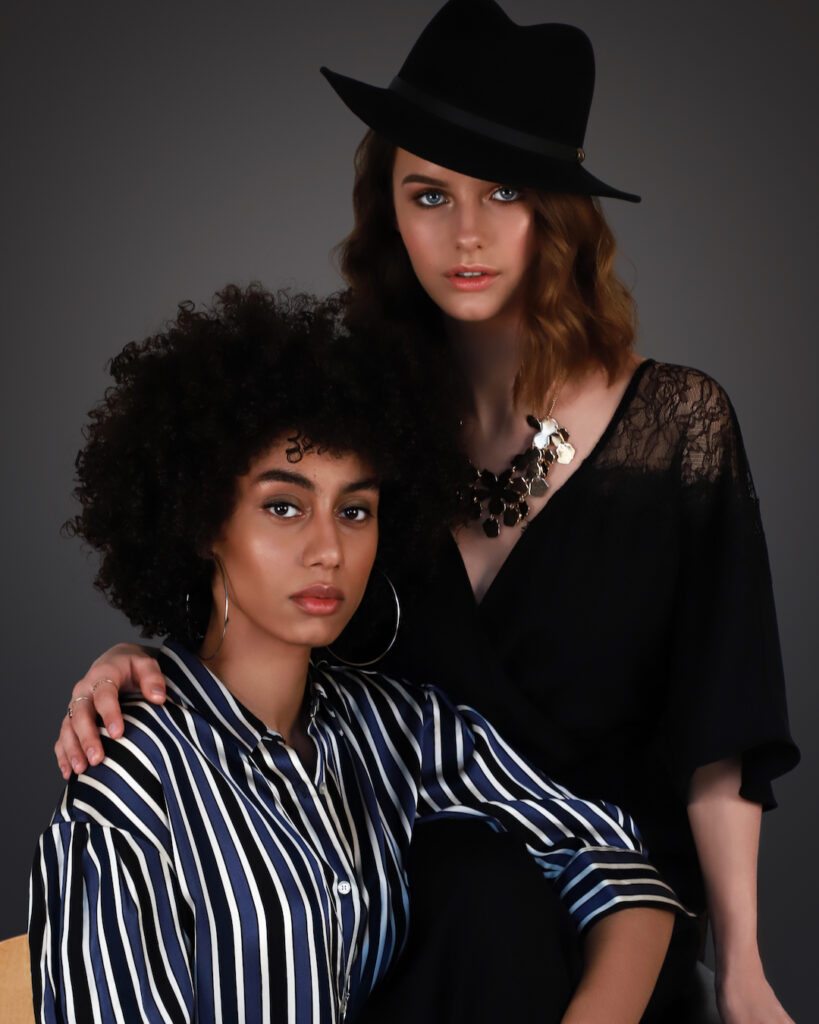
Submitting your editorial work can feel daunting at first. Nevertheless, following these steps will make the process smoother and more strategic:
- Research: Identify magazines that match your creative aesthetic.
- Read Guidelines: Each magazine lists specific submission rules—always follow them precisely.
- Select Images: Choose 6–12 cohesive photos that tell a complete story.
- Credit Everyone: Include all collaborators—models, stylists, MUAs, and agencies.
- Write a Concept Note: Briefly describe the editorial idea and its inspiration.
- Submit: Upload files via the official form or email as instructed.
- Follow Up: After two to four weeks, you may send a polite follow-up if allowed.
Additionally, always double-check file sizes and image resolution before submitting. Editors appreciate precision—it reflects professionalism and attention to detail.
7. Before You Submit to Fashion Magazines
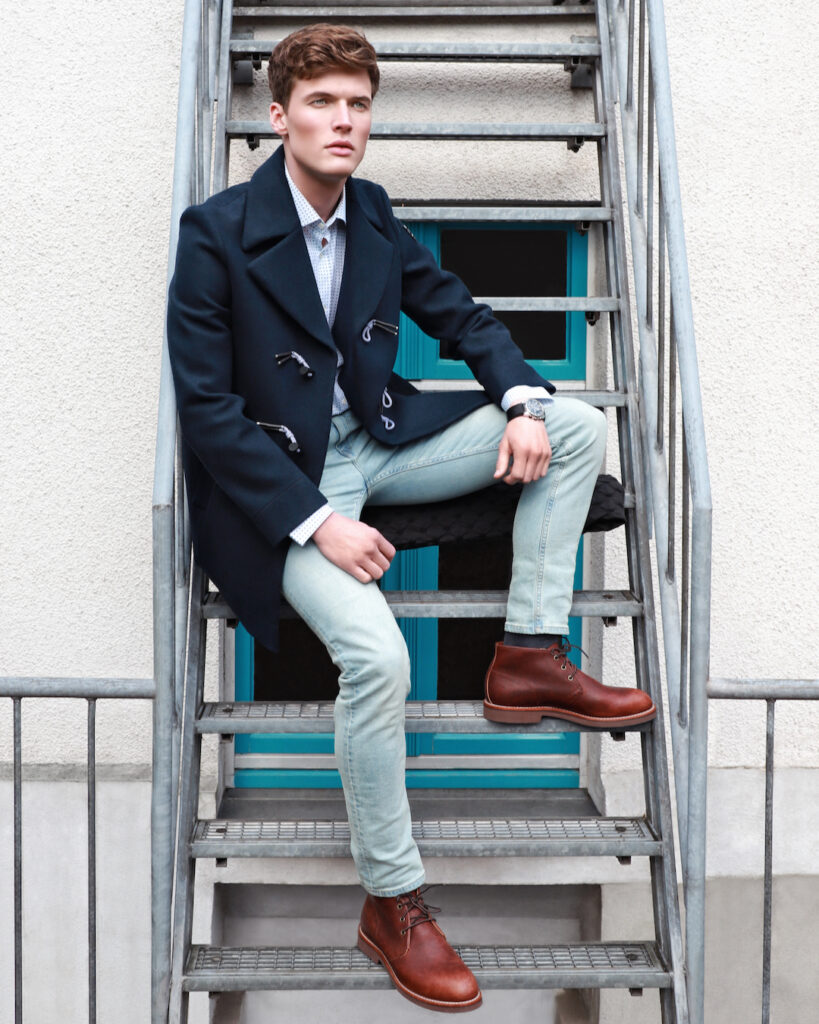
Before submitting, you must prepare your editorial carefully. This preparation significantly increases your chances of acceptance. Here’s how:
- Ensure your images are in high resolution (300 DPI for print, 2000 px minimum for digital).
- Keep lighting and color grading consistent throughout the set.
- Name files clearly and remove watermarks.
- Include complete team credits and agency information.
- Prepare a short statement describing the concept and mood of the shoot.
- Attach model or property releases if required.
8. What Type of Fashion Magazines Are There?
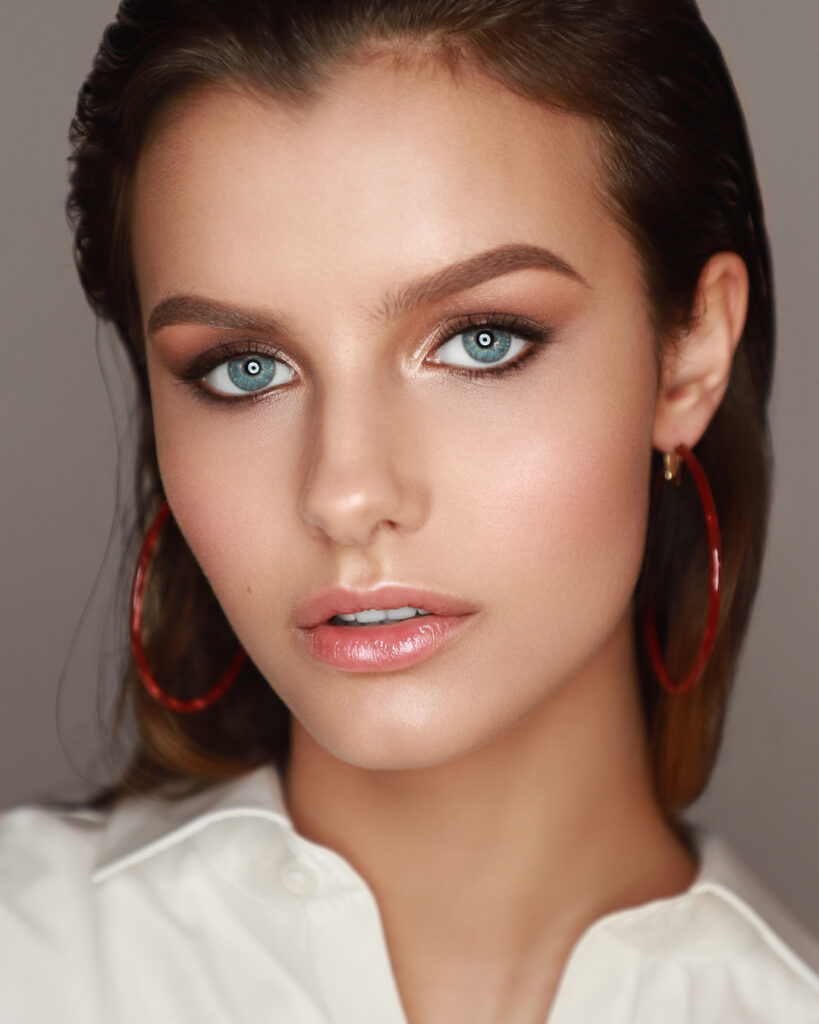
Fashion magazines come in several distinct categories, and each offers different opportunities. Understanding these differences helps you submit to the right one. For example:
- High Fashion & Luxury: Prestigious titles focusing on avant-garde editorials.
- Independent & Artistic: More experimental and open to new talent.
- Street Style & Urban Culture: Focused on authenticity and personality.
- Commercial & Beauty: Highlight beauty brands and commercial fashion looks.
- Online-Only: Offer faster publication cycles and broader digital exposure.
Therefore, before you submit, evaluate whether your style aligns with the magazine’s visual identity. This small step can drastically increase your success rate.
9. Fashion Magazine Submission Guide
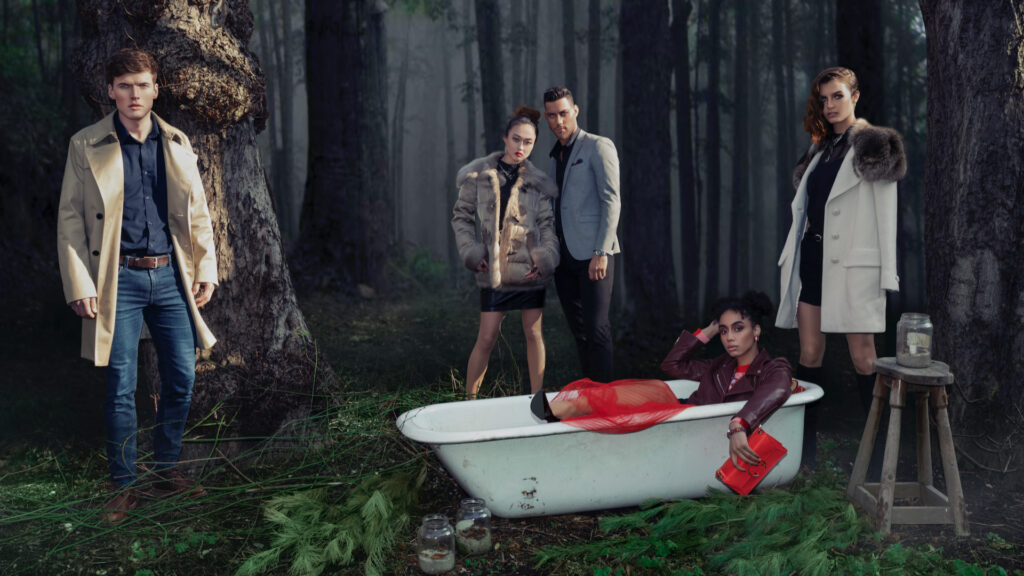
Submitting to a fashion magazine usually involves seven distinct stages. Below is a simplified guide for reference:
- Discovery: Research target magazines and platforms such as Kavyar.
- Preparation: Organize your editorial photos and credits.
- Formatting: Ensure your files match submission specifications.
- Submission: Upload to the chosen platform or send by email.
- Review: Editors evaluate each submission’s fit and quality.
- Acceptance: Confirm publication details and rights agreements.
- Promotion: Once published, share your feature on social media and tag the magazine.
Each step requires patience and professionalism. However, with consistent effort and strong visuals, your chance of being featured increases steadily.
Additional Tips for Success

To improve your success rate, continuously refine your craft. Additionally, keep track of trends and editor preferences. For instance, minimalist sets, natural light, and authentic emotions are currently favored in many editorial fashion shoots.
Furthermore, networking through events or online communities often leads to new submission opportunities. Finally, always remain professional and respectful when communicating with editors—courtesy often goes a long way.
External Resources
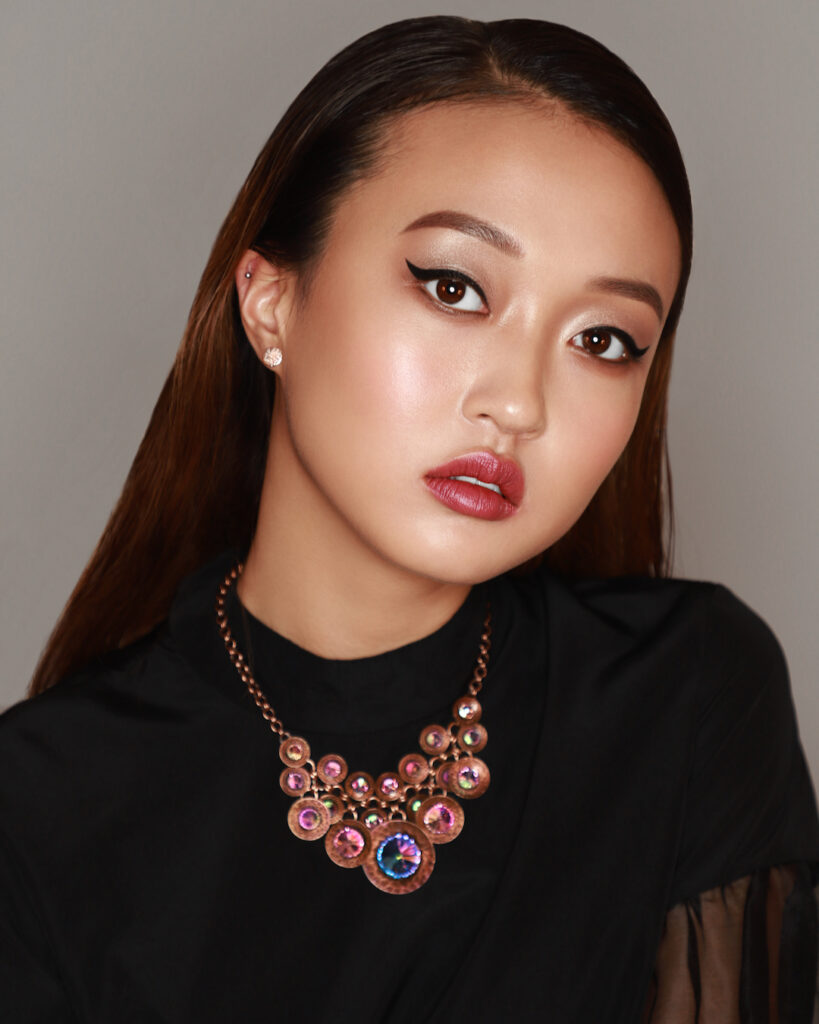
Pro Insight: Submissions succeed when storytelling, visual quality, and professionalism come together. Therefore, focus on cohesive narratives, technical accuracy, and clear presentation to stand out.
Related Articles
- Professional Level Photoshoots: How It Works
- Work Ethic: The Key to Achieving Your Dreams
- Fashion Magazine Editorial: The Blossoming — Comfort in Bloom
Credits
Photographer: Phil Halfmann
Creative Director: Sophia Lenore
Wardrobe Stylists: Yui Iida and Carmen Alonso
Hair & Makeup: Vasiliki Alex, Reem Jarhum and Andra Durnea
Models: Faze Models, M4 Models, JayJay Models


